Our Generation Is Not Getting A Moonshot, And This Is The Reason Why

You get out what you put in, and we haven’t truly invested in space since Apollo ended.
Humanity should be an interplanetary civilization by now. There is no scientific reason that human beings should not have already walked on the surfaces of Mars, an asteroid, or any number of Jupiter’s or Saturn’s moons. The Wright brothers’ first terrestrial flight was in 1903; Yuri Gagarin’s first spaceflight was in 1961: a difference of 58 years. It took us just 8 years from that milestone to put humans on the Moon.
In the meantime, it’s now been 58 years since Gagarin’s first spaceflight, from 1961 until today (2019). Not only have humans failed to go to Mars, an asteroid, or any other solid destination in our Solar System, but we haven’t even been back to the Moon since the Apollo program ended. The majority of people living today have never lived at a time where humans have traveled beyond low-Earth orbit. Despite empty political promises, our generation is in no position to go back to the Moon or beyond, and there’s one graph that clearly explains why.
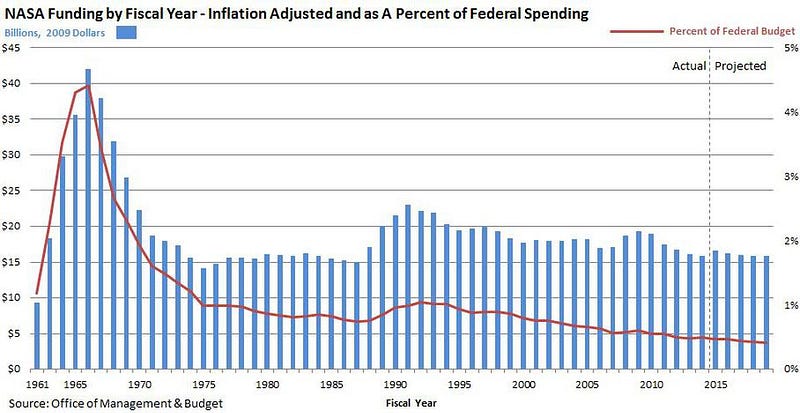
If you want to accomplish a large goal, you have to make a large effort and invest a large amount of resources. If you want to accomplish something that’s never been done before — where the science, engineering, or technical capabilities have never yet been achieved — you’re going to have to invest an unknown amount in research and development. Only then will you have a chance of arriving at the finished product you so desire.
In the endeavor to send humans to the Moon, there were a whole slew of obstacles that needed to be overcome. Throughout the 1960s, both the Soviet Union and the United States invested enormous amounts of resources towards that end. It was this investment that led to the greatest success we’ve ever achieved in space exploration: sending humans the greatest distance they’ve ever traveled away from Earth, and safely returning them home.
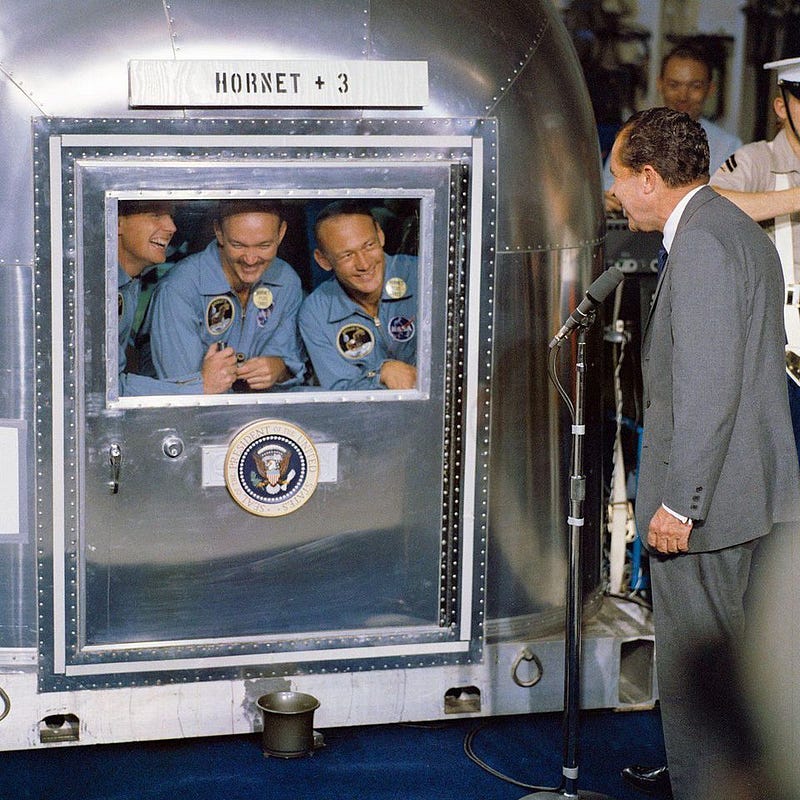
The amount of new technology that we needed to develop cannot be overstated. This included:
- a new form of propulsion,
- the development of multi-stage rockets,
- record-setting large payloads,
- the ability to deliver a large, constant acceleration for an extended period of time,
- gaining an understanding of the environment of space and its effects on the human body,
- developing the ability to softly land on the surface of another world in reduced gravity,
- orbital tracking, maneuvering, and docking in a zero-gravity environment,
and much, much more.

Thousands upon thousands of people with expertise spanning a huge variety of fields — from theorists to mathematicians to engineers to technicians to launch specialists to instrument builders and more — all played major roles to bring about this huge accomplishment. Test pilots put their lives at risk, with many fatalities along the way, all in the service of reaching for our dreams of outer space.
As with any endeavor that pushes the frontiers of what’s known, there were many setbacks. Rockets exploded on the launch pad, or malfunctioned and wound up in the ocean, or missed their destination, or crash-landed. Building upon previous successes often led to regressions, as in the case of Apollo 13. And the United States and the Soviet Union both lost some of their greatest heroes in the pursuit of humanity’s lunar dreams.
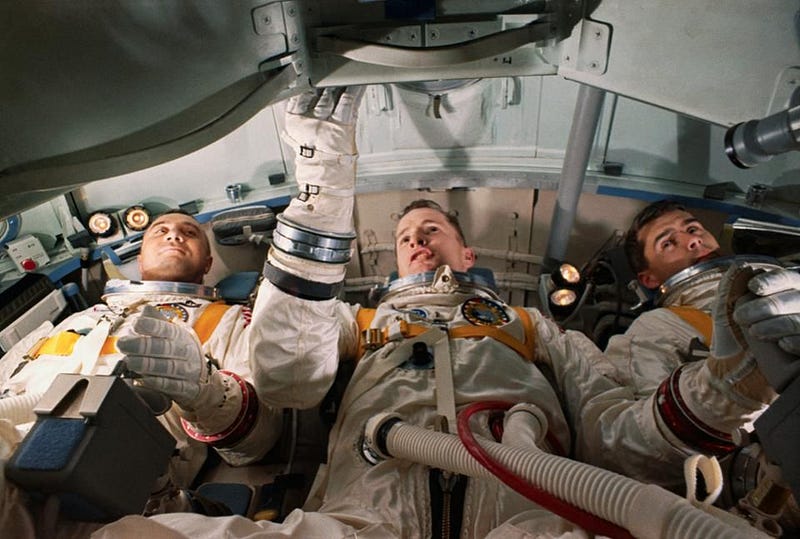
Yet, as a civilization, we collectively chose not to be deterred by setbacks. We chose to dream big, and to invest accordingly in pursuit of those dreams. As then-President Kennedy so famouslysaid (in 1962) when charting the direction for the United States in space:
There is no strife, no prejudice, no national conflict in outer space as yet. Its hazards are hostile to us all. Its conquest deserves the best of all mankind, and its opportunity for peaceful cooperation many never come again. But why, some say, the moon? Why choose this as our goal? […]
We choose to go to the moon. We choose to go to the moon in this decade and do the other things, not because they are easy, but because they are hard, because that goal will serve to organize and measure the best of our energies and skills, because that challenge is one that we are willing to accept, one we are unwilling to postpone, and one which we intend to win, and the others, too.
It is for these reasons that I regard the decision last year to shift our efforts in space from low to high gear as among the most important decisions that will be made during my incumbency in the office of the Presidency.
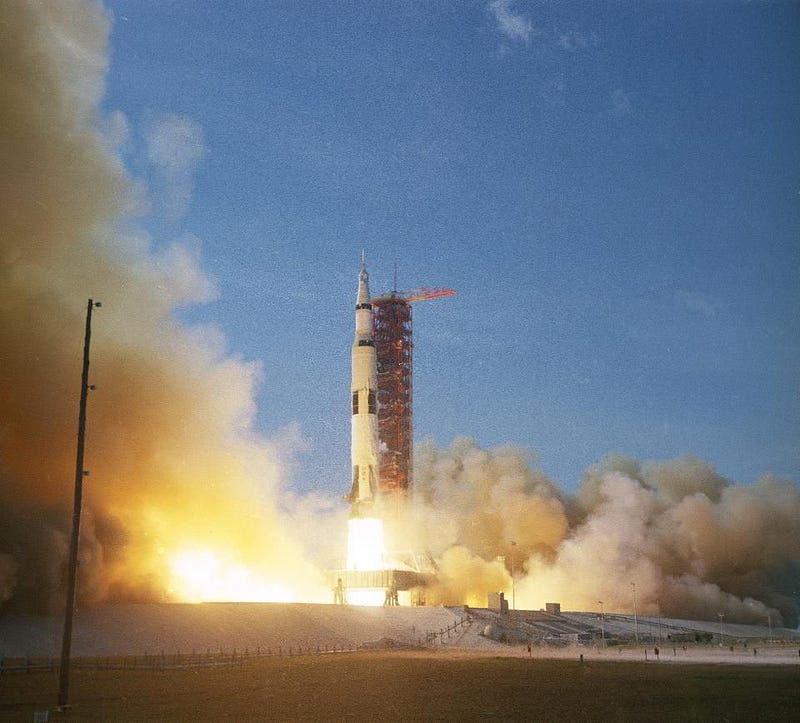
We could take equally bold steps today if we wanted to. There are literally thousands upon thousands of astronomers, physicists, engineers, technicians, computer scientists, hardware designers, rocket builders, habitat designers, and many other skilled professionals who would love to participate in a moonshot for a new generation: a generation that grew up where crewed spaceflight beyond low-Earth orbit was only a historical memory.
Instead of investing a substantial amount of resources in truly reaching towards new frontiers, we’re delegating them to uncrewed, robotic space probes. Sure, the amount of scientific information we can get out of them is much higher for a much lower cost, but getting the most bang-for-our-buck isn’t why we push the frontiers of knowledge. Instead, we’re taking baby steps where great strides are called for.
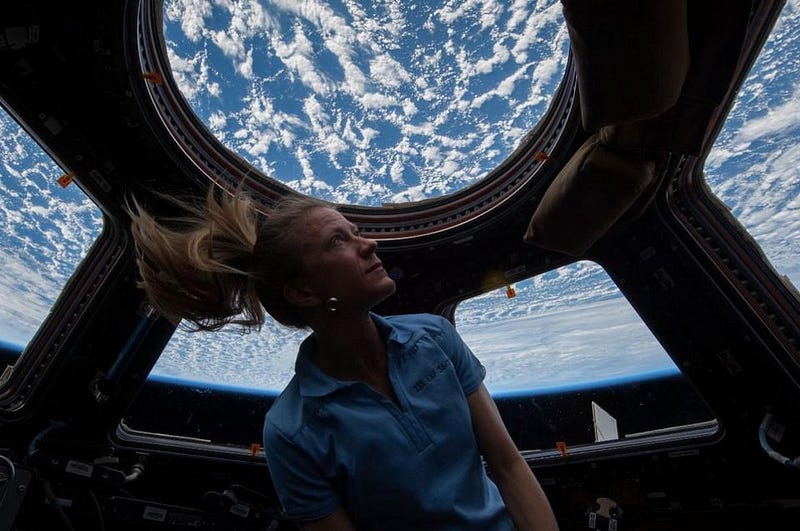
Since the end of the Apollo program, humanity has never progressed beyond low-Earth orbit. We have sent robotic explorers, landers, rovers, orbiters, probes, and fly-by missions to many different planets, moons, asteroids, and even Kuiper belt objects in our Solar System, but our knowledge gains have been incremental at best.
There are revolutions in science and human exploration just waiting to be uncovered, and we have the technical capabilities to achieve these goals with today’s knowledge and materials. If we wanted to send humans to Mars, we could do so within the next 10 years for a significantly smaller investment than was required to go to the Moon during the Apollo era. This has been the case, technologically, for three decades.
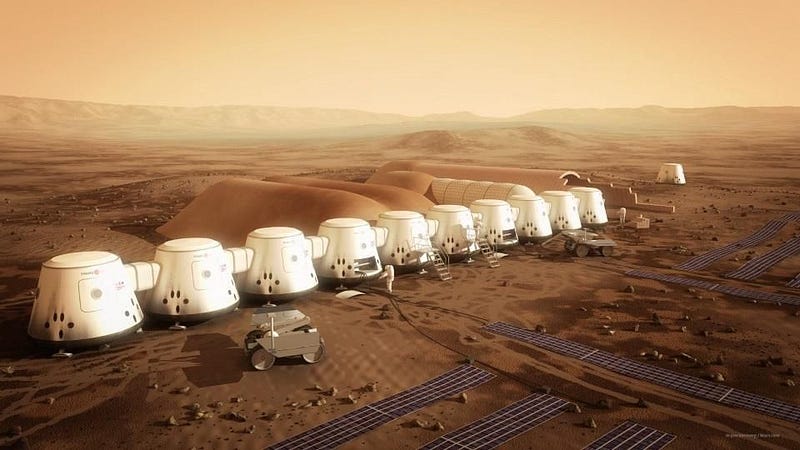
With humans on Mars, if we launched the right scientific equipment and infrastructure — either along with the astronauts or ahead of time — we could know within days of arrival whether there is ever was life on Mars. Rather than building specialized instruments that could make a single observation, we could search the atmosphere, surface, and even the layers beneath the Martian surface for evidence of current, active, dormant, or even past life.
If we set our sights on even grander destinations, such as Europa, Enceladus, the cloud-tops of Venus, Titan, Triton, or even the worlds around another star, we could achieve a giant leap for humankind that no nation on this planet has ever dared to announce. But there’s practically no chance of it happening in this world today.
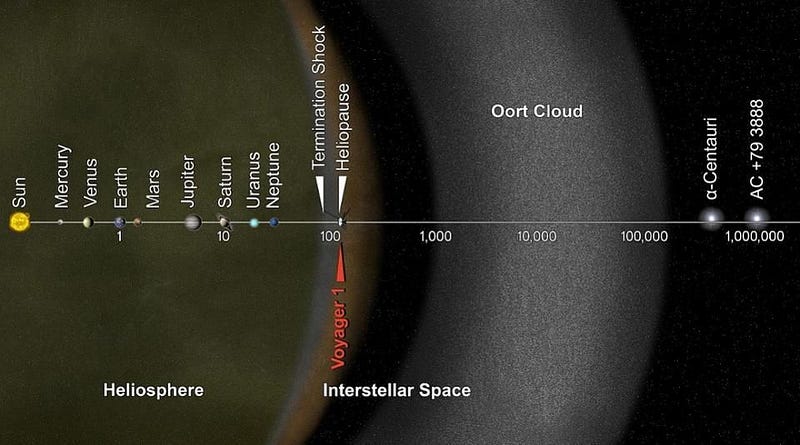
Our problem is simple: our dreams are too small, and we aren’t investing enough to make our larger, civilization-altering dreams a reality. There’s no boogeyman, like the Soviet Union, to compel us to achieve the levels of greatness we once aspired to. This is not restricted to space exploration, but applies to all the great frontiers we wish to explore: developing nuclear fusion, combating climate change, building a particle collider far more powerful than the Large Hadron Collider, or viewing the Universe with observatories that astrophysicists are all advocating for.
Without a long-term investment at a greatly increased rate, we’ll never be able to achieve these goals on timescales that could revolutionize human civilization in the 21st century. Instead, only the transparently profitable technologies, like nanotech and micro-electronics, will ever advance.
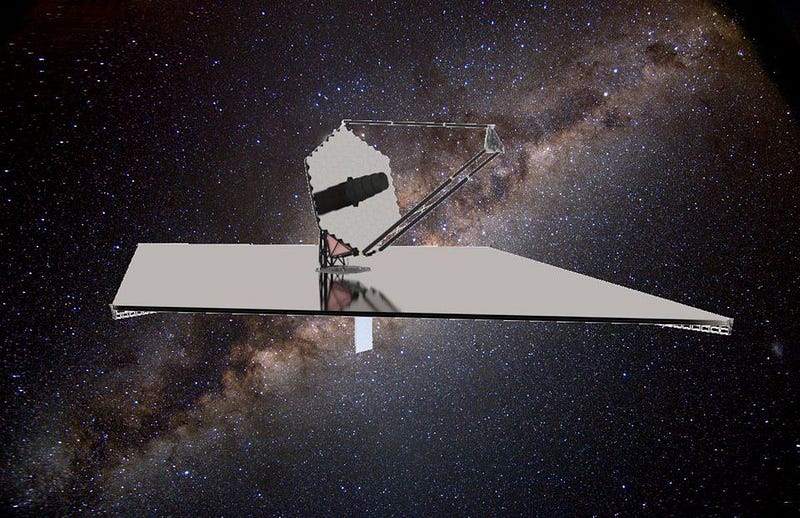
There are many reasons to invest in basic research, and many technological developments and advances that always arise when you push the frontiers of human knowledge. But most of those developments aren’t foreseeable, because most of them require research into questions whose answers are presently unknown. The Universe almost always surprises us when we look over the next horizon, but we must make it a priority to invest in the type of exploration that will push our capabilities past our current limits.
This is something we’ve chosen not to do or invest in every year since the end of the Apollo program. Despite cries to return to the Moon from numerous world leaders, the resources allotted to that endeavor have been woefully insufficient to achieve those dreams, much less exceed them. Until we start truly investing in a “Moonshot” for a new generation, the only moonwalking we’ll be doing will be right here at home.
Ethan Siegel is the author of Beyond the Galaxy and Treknology. You can pre-order his third book, currently in development: the Encyclopaedia Cosmologica.





